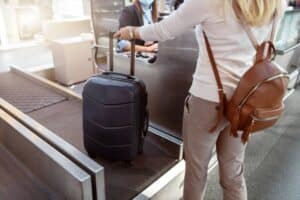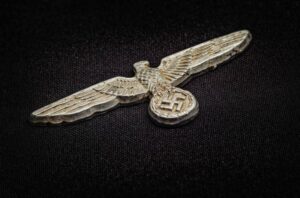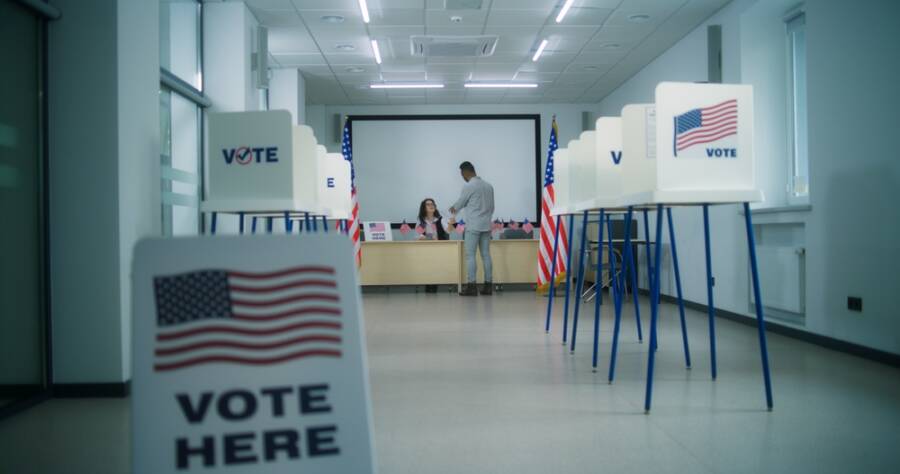Since airplanes were invented, flying has become a regular part of our lives, and because of this, we are sure that most of you have taken a flight at least once in your lives or will likely take one at some point. But what are some things to know before flying?
Flying is a really convenient type of transportation, and it is so much faster than traveling on land. But because it is something relatively new, there are a lot of things about flying that we are unaware of. People have many questions about flying and planes, and today we are going to answer some of the most popular ones.
Stay with us here on Mindbending Facts and find out the truth behind some of the most common questions and curiosities about planes and flying.
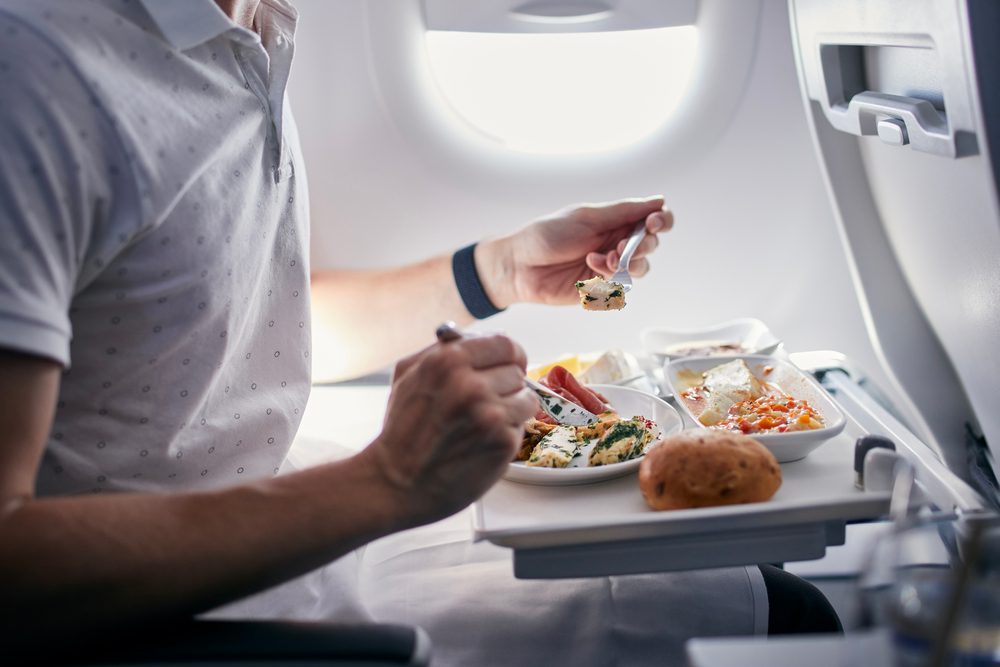
1. Airline food
Perhaps you’ve wondered before why the food they serve on planes tastes so bad, right? But you’ve paid so much for that ticket; how can they serve you this food that has no taste at all?
We would like to start this list of things to know before flying with this one simple fact: the food is not to blame. It is regular food, and if you had eaten it when not flying, it would have been tasteful. But how is this possible? You could have sworn that the food you eat on planes is the worst.
It is pretty simple: when you are so high in the sky, some physical parameters change, and this can really affect your sense of taste and smell. According to certain international research, when we are exposed to a dry and low-pressure environment, our taste receptors’ sensitivity to sweet and salty foods is lowered by 30%.
When you are at 30,000 feet, the air in the cabin becomes very dry because the humidity drops to 20%. This lack of moisture affects our sense of smell, and this might make us not perceive the flavors correctly. This is why the food we eat on a flight is so bland.
2. Things to know before flying: The plane will survive if struck by lightning
Yep, you’ve heard this one right. If your plane gets hit by lightning, everything will be okay. The Empire State Building gets struck by lightning, on average, 25 times per year. Considering this, a plane that cruises at altitudes higher than 30,000 feet should be designed in such a way that it can be completely safe if something like this happens.
And hopefully, this is exactly how things are working. Generally, pilots are doing their best to avoid thunderstorms, but sometimes they have no choice but to fly right into a thunderstorm cloud. When this happens, it is obvious that the chances of the plane getting struck by lightning increase.
The aircraft is made from aluminum, and since this is a metal, it is a really good electricity conductor. So when lightning strikes a plane, the electricity spreads over the whole surface of the aircraft and funnels out through the tail. In this way, the interior remains untouched, and all of the people and things that are on the plane are completely safe.
3. The bathrooms are not actually locked
Now, you have the option to lock them, but if something happens, the flight attendants can unlock the door immediately with an emergency external lock. Usually, this secret second lock is located under the metal sign that says “lavatory,” and anyone who knows about it can use it.
Now, please remember that this is specially designed for emergency situations, and you can’t just use it whenever you want. Flight attendants take advantage of this feature when someone suffers from health problems or when kids accidentally lock themselves inside the restroom.
Also, don’t you ever think about taking a cigarette beak inside the lavatory of the plane since this is illegal and at the same time dangerous. The alarm can start if you are doing this, and a flight attendant will surely use the “secret lock” to see what is happening there. This is one of the most important things to know before flying.
4. What are plane trails?
There are a bunch of conspiracy theories about the trails that are left behind when a plane passes through the sky. Some people would call them chemtrails, and they believe that the government and the people who are secretly leading the world are spraying some crazy chemicals that will kill all of us.
The truth is far from these theories. Those white and puffy clouds you can see behind airplanes when looking up at the skis are mostly made up of water, and they are called vapor trails or contrails. Maybe this is not one of the things to know before flying, but we consider it something that everybody should be aware of.
The incredible idea that governments or hidden entities frequently spray poisons from scheduled passenger planes gained traction in the 1990s. At first, believers claimed that sprays containing the hazardous element barium were being used to quiet or decrease populations. And from there, the theory snowballed and became what it is today.
Hopefully, it seems that the “dangerous chemtrails” are just trails of water particles and nothing more.
5. Pilots and co-pilots have different meals
One of the things you want to avoid while flying is getting food poisoning. Really, food poisoning is not fun, and now imagine getting one while you are on a plane. Now, let’s get this a little bit further: what happens if the pilot gets food poisoning? We believe that this is a pretty good question, and knowing the answer to it is one of the things to know before flying. It can help you not suffer an anxiety attack while you are at 30,000 feet in the sky.
There is no written rule in aviation, but airlines practice giving different meals to the pilots and co-pilots just in case. For example, the pilot might get to eat the meal from the first class, while the co-pilot would eat the meal from the business class. Other companies will provide entirely different meals for the pilots. And when we say different, we mean that they are different, not just from one another but also from the ones that the passengers get.
It all depends, but one thing is clear: by doing this, airlines reduce the chances of both the pilot and co-pilot getting sick.
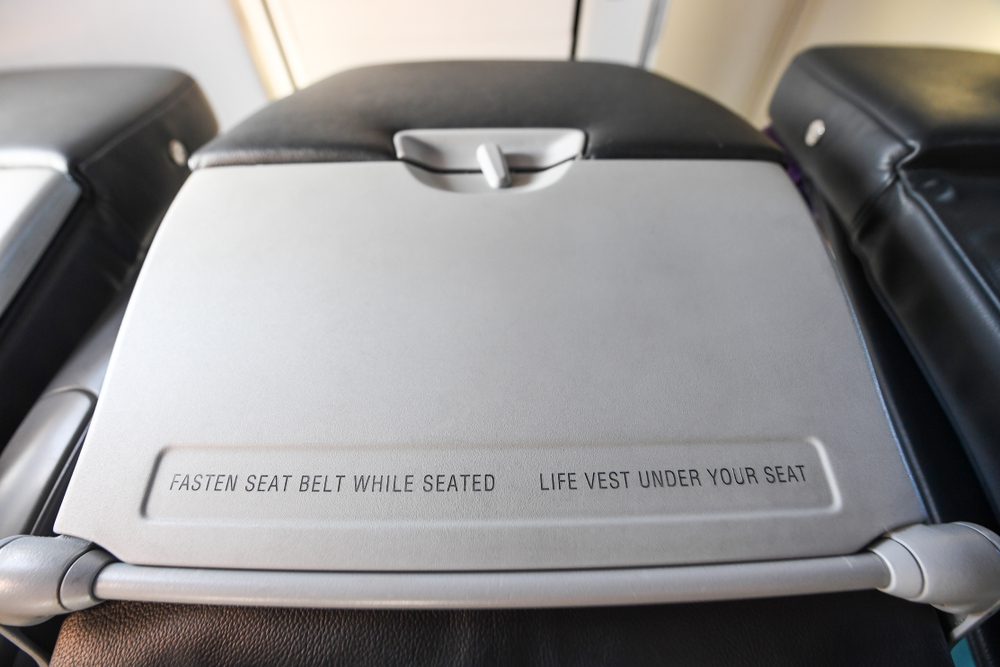
6. How dirty are tray tables?
This is surely one of the things to know before flying. Maybe all of us can imagine that planes are not the cleanest places on this planet, considering how many people board planes every single day.
But now not all the parts of the plane are dirty. Today we are here to discuss the tray tables you can find in front of any seat. How dirty are they? Even if they are supposed to be used for eating, these trays are swarmed with bacteria, and there are numerous studies out there to support this claim.
According to research, tray tables contain up to eight times more germs than lavatory flush buttons. This might sound unbelievable, but unfortunately, it is true. The best thing you can do is always pack some antibacterial wipes that you can use to sanitize the table. Also, use it only for eating. Don’t rest your head on it or change your baby’s diapers on it.
Do you find these things to know before flying useful? If you have any other tips, you can write them in the comments section!
You should also read: Beware: 8 Dangerous Places You Won’t Want to Visit Anytime Soon

